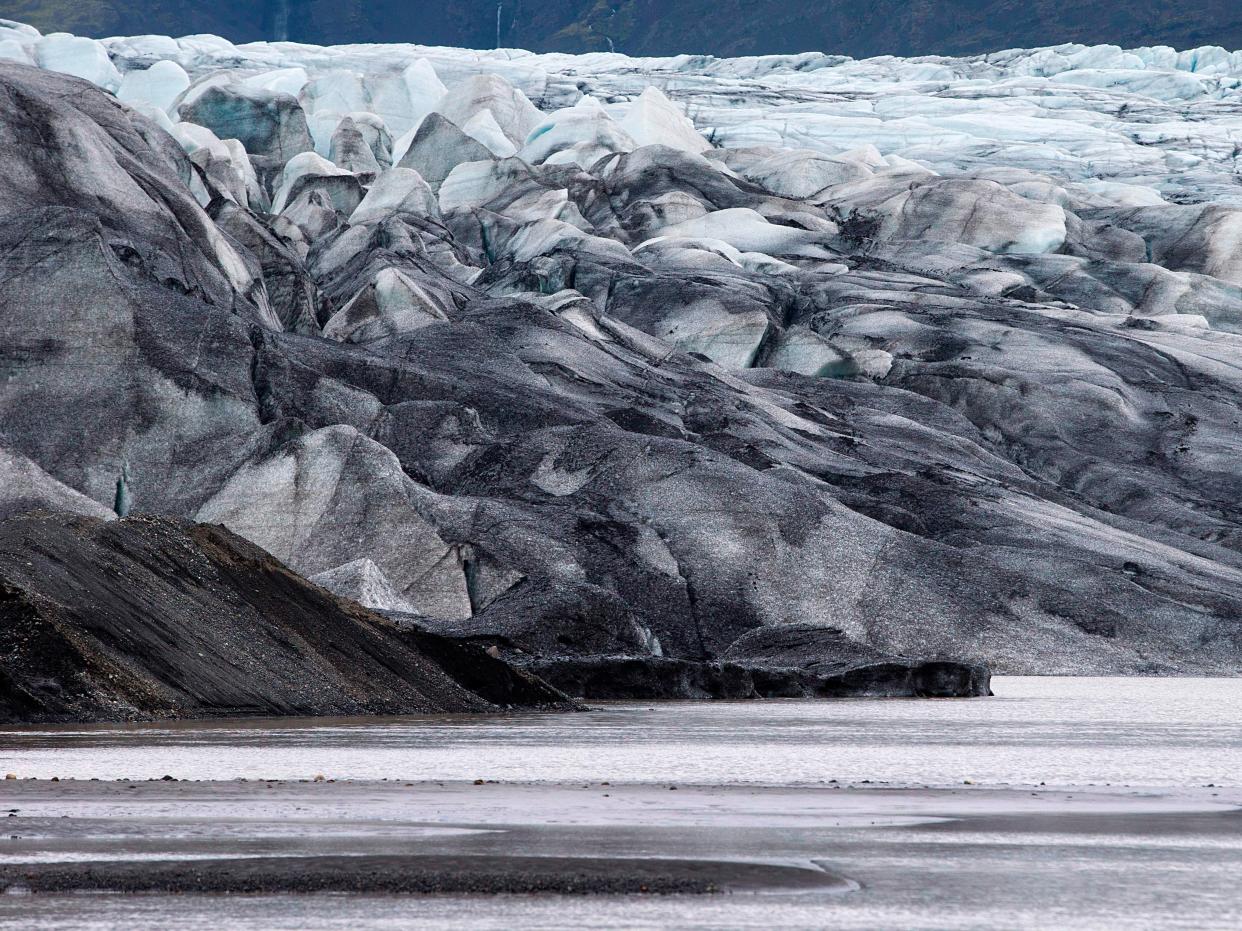Microplastics particles discovered in Europe’s largest ice cap

Traces of microplastics have been found in the Vatnajokull glacier in Iceland, Europe’s largest ice cap.
Scientists from Reykjavik University, the University of Gothenburg in Sweden and the Icelandic Meteorological Office published their findings in the academic journal Sustainability after identifying microplastic particles of various sizes and materials in the glacier’s snow cores using optical microscopy and spectroscopy.
It is feared that the presence of microplastics in the ice could affect the melting and shifting patterns of glaciers and consequently influence their future meltwater contribution to the world’s oceans and rising sea levels.
Little research has previously been done into the impact of microplastics on the formation of glaciers themselves, largely focusing instead on their role in water contamination, but they have now been found across the world, from the summit of Mount Everest to the Italian Alps, from far-flung Siberia to the Ecuadorian Andes and the icebergs off the Norwegian archipelago of Svalbard.
The new findings appear to support the conclusions of Utah State and Cornell University researchers, who last month published a paper in The Proceedings of the National Academy of Sciences suggesting that minute man-made particles in the air are being blown across continents by the wind and interfering with natural ecosystems far from their point of origin.
“We do not understand well enough the pathways for microplastic particles in our environment,” said Dr Hlynur Stefansson, associate professor at Reykjavik University’s Department of Engineering and the report’s lead author.
“Is the plastic carried by snow and rain? We need to know more about the causes. The samples we took are from a very remote and pristine location in the Vatnajokull glacier, with no easy access, so direct pollution from human activity is unlikely.”
He continued: “We also need to know much more about the short and long-term effects of microplastic on the dynamics of the ice and if they contribute to the melting of glaciers. If that is the case, it will play a critical role in future meltwater contribution to the oceans and rising sea levels.
“The plastic particles degrade very slowly in the cold glacier environment and can accumulate and persist in the glaciers for a very long time.
“Eventually, however, they will be released from the ice, contributing to pollution in rivers and the marine environment. It is therefore very important to map and understand the presence and dispersal of microplastics in glaciers on a global scale.”
Read More
Microplastics in air ‘spiral the globe’, pollution study finds
Microplastics found in snow in remotest Siberia, ‘risking health’ of humans and wildlife

